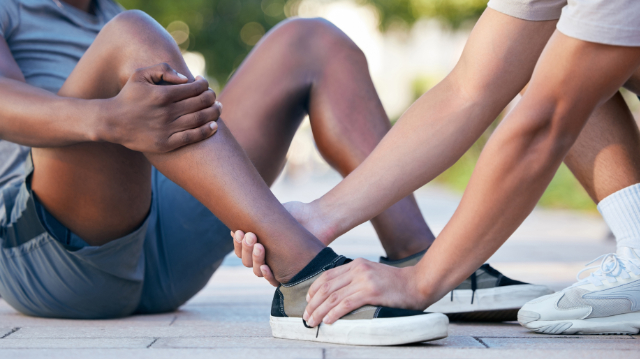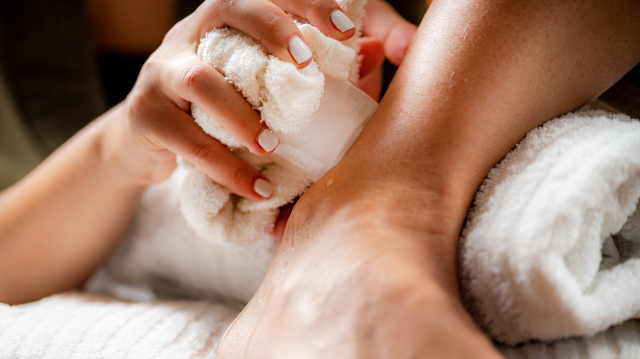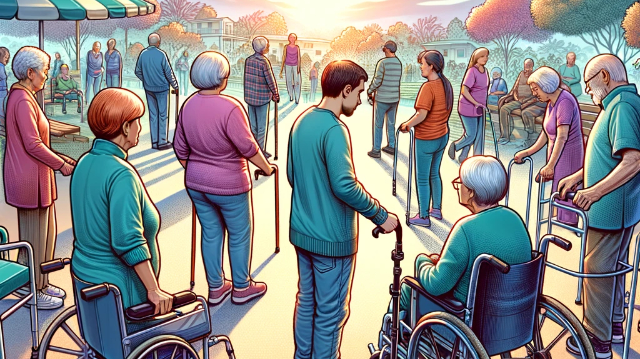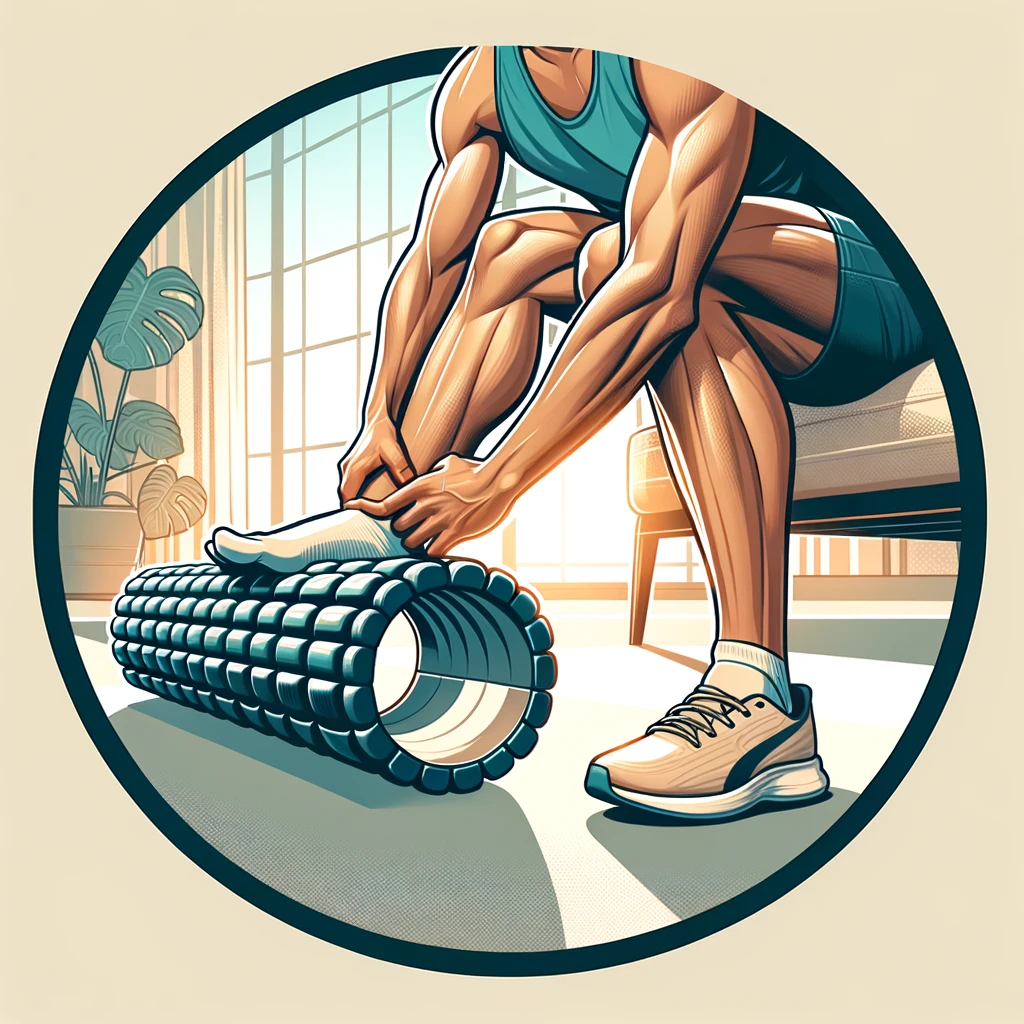
Why Exercise Matters for Your Health
Exercise is not just about losing weight; it's about improving your overall health and reducing your risk for diseases, especially cardiovascular disease (CVD). With different types of exercises available, such as resistance training and aerobic exercises, it can be challenging to determine which is best for enhancing your cardiovascular health.
Understanding the Study: CardioRACE Trial Insights
The CardioRACE trial, conducted at Iowa State University, focused on comparing the effects of resistance training, aerobic exercise, and a combination of both on cardiovascular health in overweight or obese adults. This comprehensive study enrolled 406 adults who engaged in these exercise forms over a year, providing valuable insights into how each exercise type influences heart health.
The Power of Aerobic Exercise
Aerobic exercise, such as walking, running, and cycling, was shown to significantly improve the composite cardiovascular risk profile. Participants who engaged in aerobic activities experienced notable improvements in their health, highlighting the importance of cardiovascular exercises in managing weight and reducing heart disease risks.
Benefits of Combined Training
While resistance training alone did not show significant improvements in cardiovascular health, combining it with aerobic exercise did. This combination approach not only aids in muscle building and strength but also contributes to heart health, proving that a mixed exercise regimen can be more beneficial than following a single exercise type.
Key Findings and Practical Advice
- Aerobic Exercise Is Essential: Engaging in regular aerobic exercise can lead to significant health benefits, particularly in reducing cardiovascular risks.
- Combination Enhances Benefits: Adding resistance training to your aerobic routine can enhance overall health benefits, making your exercise regimen more comprehensive.
- Consistency Is Key: The study emphasizes the importance of regular and consistent exercise, recommending at least three sessions per week to achieve noticeable health improvements.
Making Exercise a Part of Your Life
Incorporating exercise into your daily routine can seem daunting, but it's essential for maintaining good health. Start with simple steps, such as taking a brisk walk daily, and gradually incorporate more activities like cycling, swimming, or group fitness classes. Remember, the goal is to find activities you enjoy, which will help you stay consistent.
Is Pain or Movement Problems Stopping You From Exercising?
Ready to start your journey to better health through exercise? Call us today! We can help you get past the pain and successfully transition you to a personalized exercise plan that suits your health needs and preferences. Whether you're interested in cardio, resistance training, or a combination of both, we're here to support you every step of the way. Let us help you achieve your health and fitness goals–contact us today for more information!
For more detailed information on the study and its findings, please refer to the original research article.









